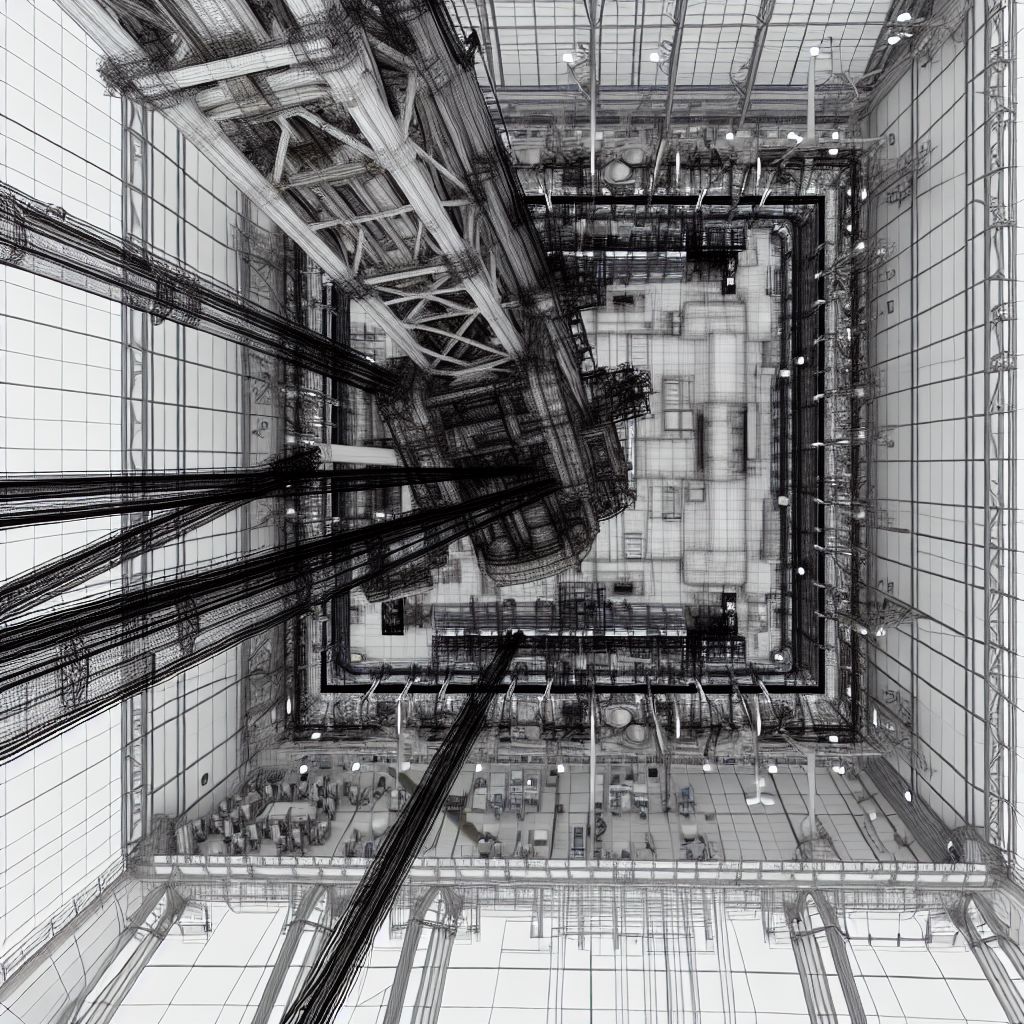Aerospace architecture in the Space industry context refers to the specialized field that deals with the design and organization of spacecraft interiors and space habitats, focusing on the structural and functional elements necessary for human life and operations in space. This field combines principles from traditional architecture, Engineering, human factors, and space science to create viable living and working environments beyond Earth.
Description

Aerospace architecture involves designing the physical and operational environments where astronauts live and work. This includes not only the spatial and Structural Design but also considerations for the life Support systems, ergonomics, safety, and usability of space facilities such as orbital stations, lunar bases, or spacecraft. Aerospace architects must address the unique challenges of the space environment, such as microgravity, limited space, extreme temperatures, and the need for closed-loop Life Support Systems.
Application Areas
- Space Stations: Designing modules for space stations like the International Space Station (ISS) where functionality and efficient use of space are Critical.
- Lunar and Martian Habitats: Developing habitats for future Colonization efforts on the Moon and Mars, considering factors like local resource utilization, radiation protection, and psychological well-being.
- Spacecraft Design: Crafting the interior layouts of spacecraft for various missions, ensuring that all necessary facilities for crewed missions are ergonomically and practically arranged.
Well-Known Examples
- International Space Station (ISS): The ISS features modules designed with aerospace architecture principles, providing living quarters, Research facilities, and life support systems in a cohesive layout.
- Bigelow Aerospace’s Expandable Modules: These modules, which have been tested on the ISS, offer an innovative approach to space habitat design using expandable structures that provide greater living volume and potentially enhanced Radiation protection.
- NASA's Lunar Gateway: This planned space station orbiting the Moon will incorporate advanced aerospace architecture to support long-duration missions and serve as a staging point for lunar surface expeditions and deeper space exploration.
Treatment and Risks
Designing for aerospace environments involves several challenges and risks:
- Microgravity: Creating spaces that are functional in a weightless environment, where orientation is Fluid and traditional concepts of floors and ceilings are irrelevant.
- Resource Efficiency: Ensuring all designs maximize the efficiency of resources, such as air and Water, which are recycled and reused within closed-loop systems.
- Human Factors: Considering the psychological and physiological needs of astronauts, including privacy, comfort, and social interaction, which are crucial for long-duration missions.
- Material and Safety standards: Selecting materials that are safe, Lightweight, and resistant to fire and off-gassing, which could compromise air quality.
Summary
In the space industry, aerospace architecture plays a crucial role in making human spaceflight feasible and sustainable. By integrating architectural design with aerospace engineering principles, this field addresses the unique challenges of creating habitable spaces in the hostile environment of space. The work of aerospace architects ensures that the structures we build beyond Earth are not only functional but also conducive to human health and well-being.
Related Articles to the term 'Aerospace architecture' | |
| 'Architect' | ■■■■■■■■■■ |
| Architect in the Space industry context refers to professionals who are involved in the planning, design, . . . Read More | |
| 'Aeronautics' | ■■■■■■■■ |
| Aeronautics in the Space industry context refers to the science and Engineering discipline that deals . . . Read More | |
| 'Habitat' | ■■■■■■■■ |
| Habitat: In ecology, the term habitat summarises the array of resources, physical and biotic factors . . . Read More | |
| 'Engineering' at maritime-glossary.com | ■■■■■■■ |
| Engineering in the maritime context refers to the branch of engineering that specializes in the design, . . . Read More | |
| 'Force' | ■■■■■■■ |
| Force refers to a measure of the strength or intensity of an interaction between two or more objects. . . . Read More | |
| 'Biology' | ■■■■■■■ |
| Biology is the science of life. It spans multiple levels from biomolecules and cells (shown) to organisms . . . Read More | |
| 'Astronautics' | ■■■■■■■ |
| Astronautics in the Space industry context refers to the science and technology of space travel, including . . . Read More | |
| 'Bioengineering' | ■■■■■■■ |
| Bioengineering (Biotechnik oder Biomedizintechnik) in the space industry context refers to the application . . . Read More | |
| 'Complexity and Weight' | ■■■■■■■ |
| Complexity and Weight: Complexity and weight are Critical factors in the Space industry, influencing . . . Read More | |
| 'Crew Quarters' | ■■■■■■■ |
| Crew Quarters: Crew quarters are designated living spaces for astronauts in spacecraft, space stations, . . . Read More | |
